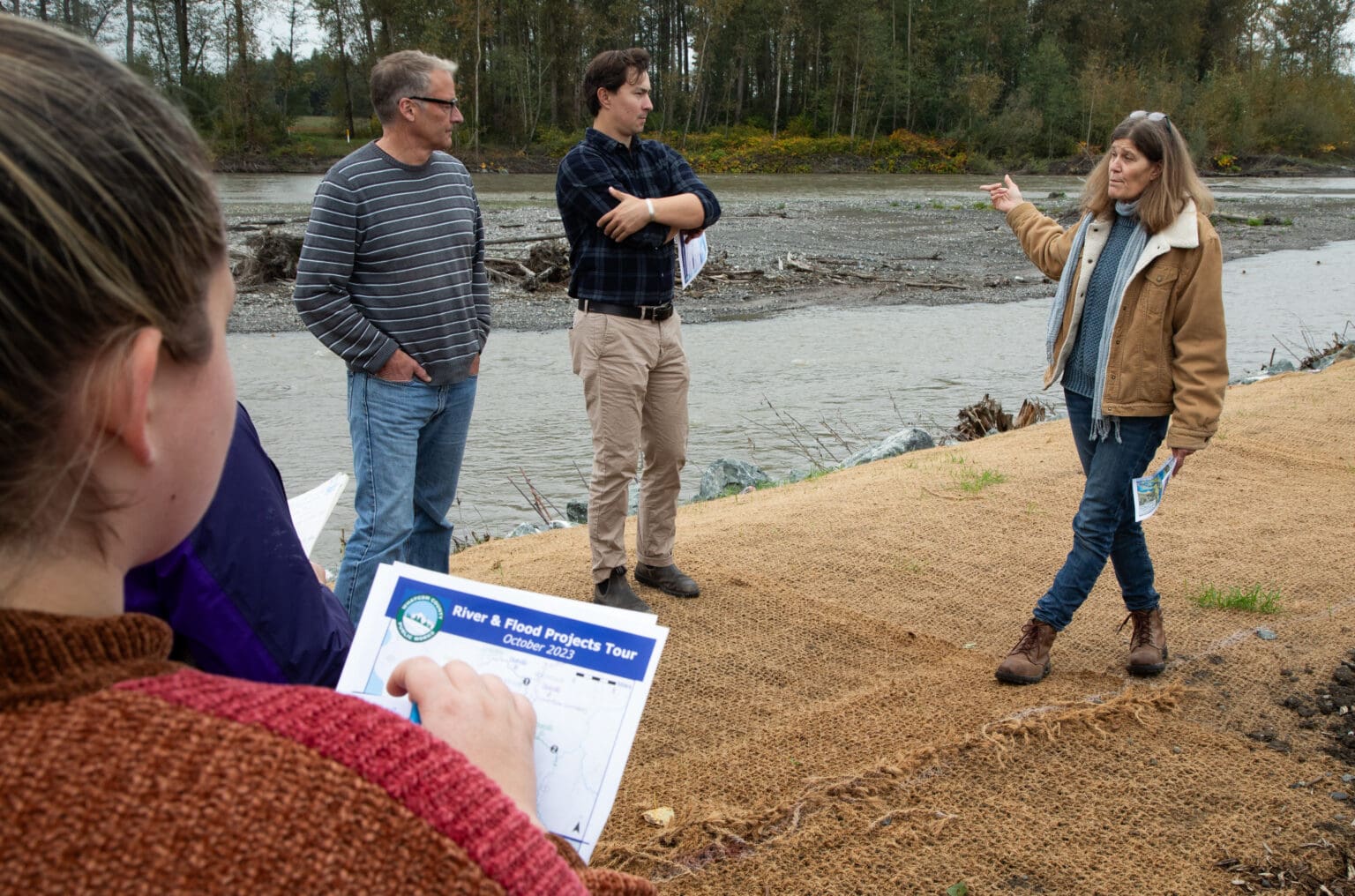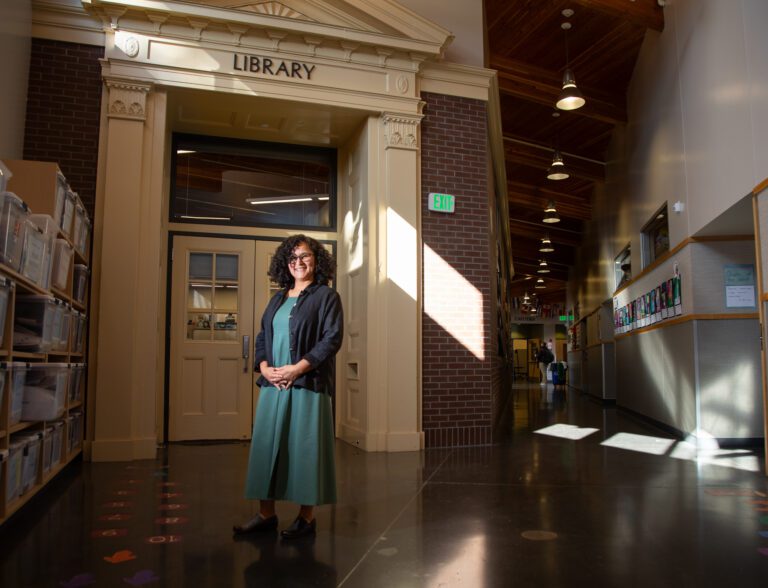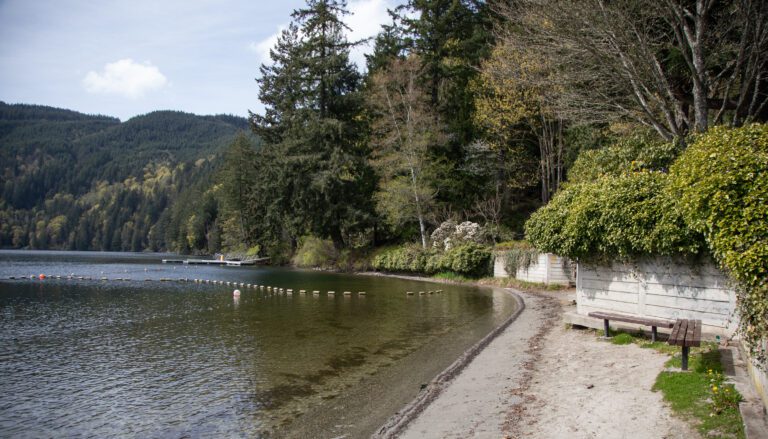Nearly two years after the historic floods of November 2021 caused damage across the region, Whatcom County Public Works on Tuesday showed the progress that’s been made to better manage surging waters.
The projects come as part of the county’s six-year Water Resources Improvement Program, which sets the agenda for priority capital projects that reduce flood hazards from the Nooksack River and other flood-prone areas.
Several recent projects will help protect some of the communities most affected by the November 2021 floods, which destroyed homes and businesses across the region, causing $150 million in damage in Whatcom County and devastating the towns of Nooksack, Everson and Sumas.
Just upstream of Everson, a crucial site in the 2021 floods where water from the Nooksack River overflowed its banks and flooded north to Sumas, Abbotsford, and the Fraser River, Whatcom County has nearly finished a bank repair project. Under normal conditions, the new levee there will help keep the river in its current channel, but, on its own, it will not do much to protect the area from a November 2021-level flood.
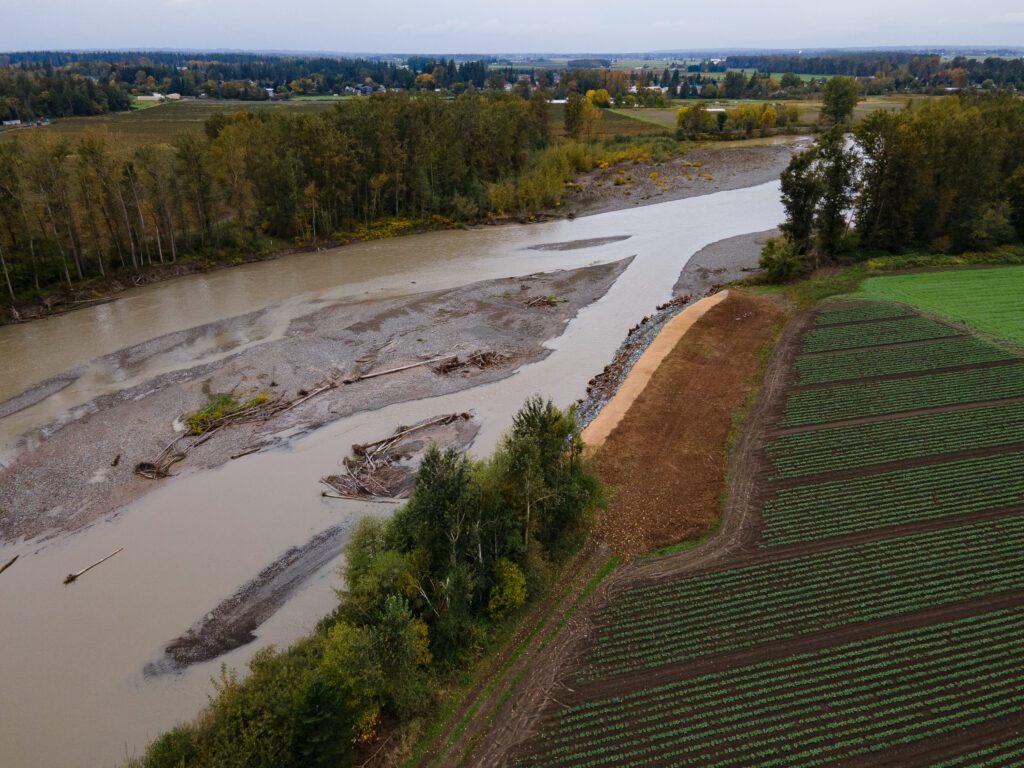
“We’re really trying to get a much more detailed focus on what really happens during a flood and what can we do to make our communities more resilient, understanding that the climate is going to continue to change,” Whatcom County River and Flood Manager Paula Harris said during a tour of flood infrastructure on Tuesday, Oct. 17.
“I mean, the climate change scenarios for this area are suggesting that by 2050 or so, we could be looking at about a 20 percent increase in flow, and that’s not only peak flow, but total volume by the end of the century,” she continued.
Because this levee comes as part of the region’s recovery from the 2021 floods, Whatcom County will primarily use funds from FEMA to cover its estimated cost of $1,129,500.
In Deming, an improved levee along the Nooksack River will provide 100-year flood protection for a variety of structures, including the BNSF Railway and several facilities owned by Mount Baker School District and the Nooksack Tribe. The project also reconnects the Nooksack River to a tributary stream with approximately 5 acres of floodplain, which will help keep Deming from flooding during periods of high flow.
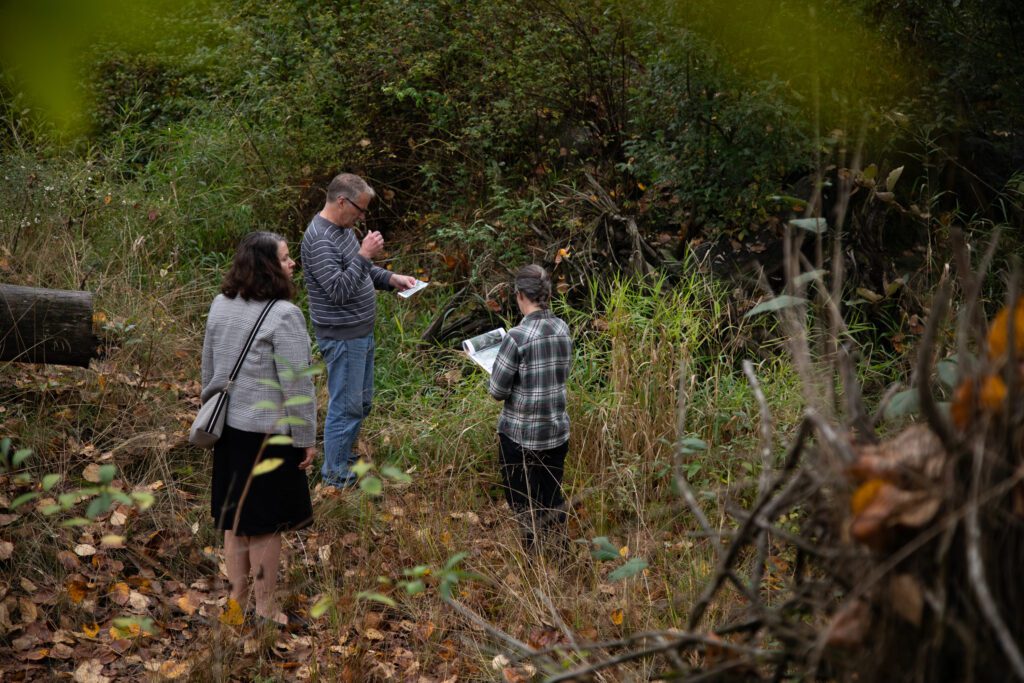
Whatcom County signed a contract for $1,876,030 to complete this levee project and funded its construction through a variety of sources, including help from the Washington State Department of Ecology and the National Oceanic and Atmospheric Association, as well as a Real Estate Excise Tax and money from the Whatcom County Flood Control Zone District.
In Acme, Whatcom County completed the construction of two new earthen and rock berms on Jones Creek in July. The project is meant to protect Acme Elementary School, as well as a number of residential properties, farmlands and public roadways, from dangerous debris flows. Such a debris flow can happen when a landslide in the hills above town creates a temporary dam on Jones Creek, causing water to pool and then burst forth in a dangerous torrent.
Funding for the project, which cost $2,608,119, came from the Washington State Department of Ecology’s Floodplains by Design Initiative, the Whatcom County Road Fund, and the Whatcom County Flood Control Zone District.
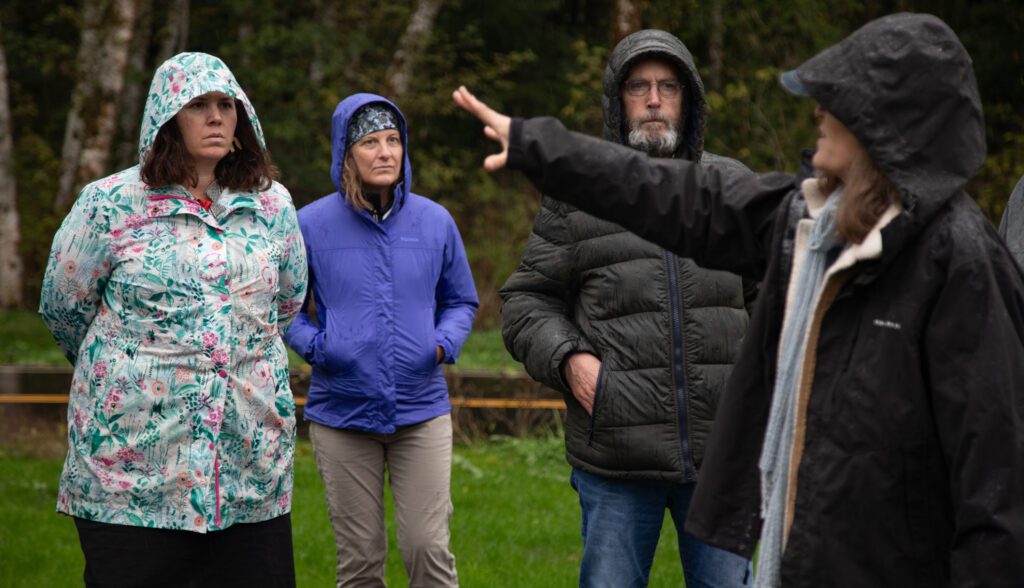
While the projects will help manage flood risks in the region, they do not address all the factors that led to such widespread damage in 2021.
However, Whatcom County is developing more comprehensive solutions by working in partnership with the communities most impacted by the 2021 floods, public works Communications Specialist Mandy Feutz said in an email.
This work will happen through the Floodplain Integrated Planning (FLIP) process, which began before the floods and has since focused primarily on developing mitigation measures for the flow split at Everson, where water jumped the banks of the Nooksack and caused the most severe flood damage.
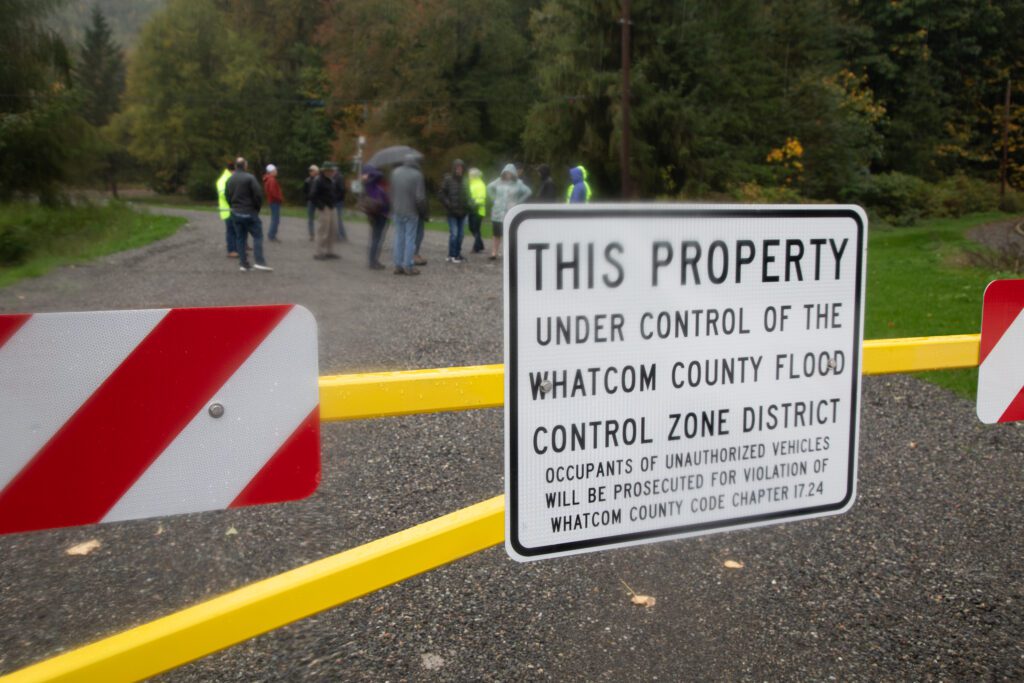
“Our FLIP process is a very collaborative process. We’ve got representation from federal, state, local [government] down to the diking district, watershed improvement district, even the farmer level. And, you know, we’re rolling up our sleeves together and really doing the work,” Harris said.
The Whatcom County Council recently passed a new Water Resources Improvement Program that will direct the efforts of the public works River & Flood Division from 2024-2029.

